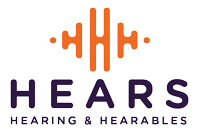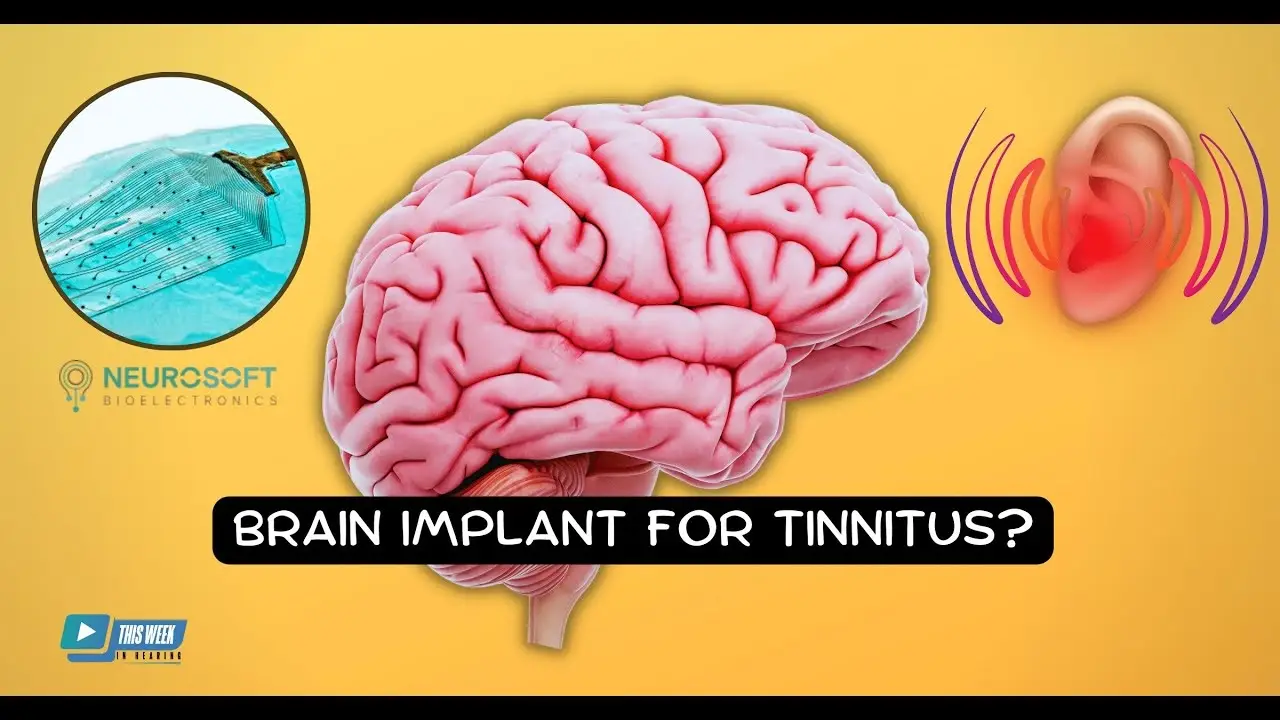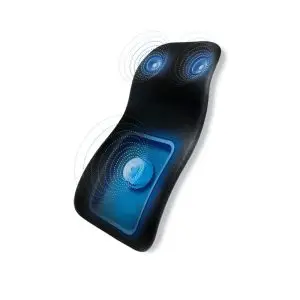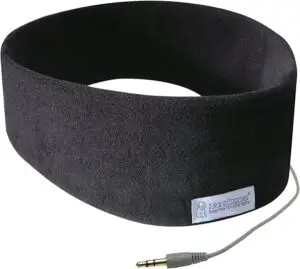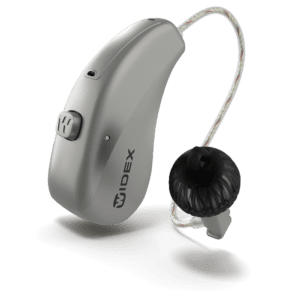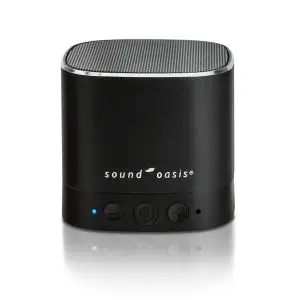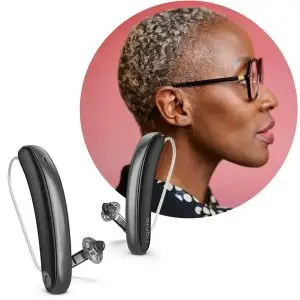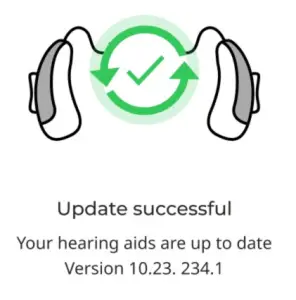Finding Relief: Neurological Insights and Treatments for Tinnitus
Tinnitus, commonly known as “ringing in the ears,” is a prevalent auditory condition where individuals perceive sound without any external source.. This phantom sound can manifest as ringing, buzzing, hissing, or whistling and can vary in pitch, loudness, and duration. Affecting millions of people worldwide, tinnitus can be a minor annoyance for some, while for others, it can significantly impact their quality of life, causing distress, sleep disturbances, and concentration issues.
The underlying mechanisms of tinnitus are complex and multifaceted, involving the auditory system and the brain’s neural pathways. While tinnitus is often associated with hearing loss, it can also be triggered by a variety of factors including exposure to loud noises, ear infections, head or neck injuries, certain medications, and underlying health conditions such as hypertension or diabetes. The subjective nature of tinnitus makes diagnosing and treating it challenging, as doctors cannot measure the perceived sound directly.
Despite its prevalence, there is no one-size-fits-all cure for tinnitus. However, a range of management strategies and treatments are available to help alleviate symptoms and improve patients’ quality of life. These include hearing aids, sound therapy, cognitive behavioral therapy, tinnitus retraining therapy, and lifestyle modifications. Ongoing research continues to explore the neurological aspects of tinnitus and aims to develop more effective treatments for managing tinnitus in the future.
Is Tinnitus A Neurologic disorder?
Experts consider tinnitus to have a neurological component. While it is often associated with hearing loss and damage to the auditory system, such as from exposure to loud noises or ear infections, it is primarily understood as a condition involving the brain’s auditory pathways.
The perception of tinnitus is thought to arise from abnormal neural activity in the brain’s auditory cortex, which can be influenced by various factors including ear health, stress, and neurological conditions. Research indicates that the brain tries to compensate for the loss of auditory input by increasing neural activity, leading to the experience of tinnitus.
What is a Neurological disorder?
A neurologic disorder is a condition that affects the nervous system, which includes the brain, spinal cord, and peripheral nerves. These disorders can result from a variety of causes, including genetic mutations, developmental issues, infections, degeneration, injury, and environmental factors. Neurologic disorders can affect motor function, cognition, sensory perception, and autonomic functions, leading to a wide range of symptoms and impairments.
Examples of Neurologic Disorders:
-
Alzheimer’s Disease:
- A progressive neurodegenerative disorder that affects memory, thinking, and behavior. It is the most common cause of dementia in older adults.
-
Parkinson’s Disease:
- A degenerative disorder of the central nervous system that primarily affects movement. Symptoms include tremors, stiffness, and bradykinesia (slowness of movement).
-
Multiple Sclerosis (MS):
- An autoimmune disorder where the immune system attacks the protective sheath (myelin) that covers nerve fibers, leading to communication problems between the brain and the rest of the body.
-
Epilepsy:
- A chronic disorder characterized by recurrent, unprovoked seizures due to abnormal electrical activity in the brain.
-
Stroke:
- This condition interrupts or reduces the blood supply to part of the brain, preventing brain tissue from getting oxygen and nutrients. This can lead to brain damage and loss of function.
-
Amyotrophic Lateral Sclerosis (ALS):
- Also known as Lou Gehrig’s disease, ALS is a progressive neurodegenerative disease that affects nerve cells in the brain and spinal cord, leading to loss of muscle control.
-
Tinnitus:
- While often associated with hearing loss and damage to the auditory system, tinnitus also involves a neurological component. It is the perception of sound (such as ringing, buzzing, or hissing) in the absence of an external source. Experts believe that this phantom sound arises from abnormal neural activity in the brain’s auditory pathways. Tinnitus can be a symptom of underlying conditions affecting the auditory system or brain.
-
Migraine:
- A type of headache disorder characterized by recurrent, severe headaches often accompanied by nausea, vomiting, and sensitivity to light and sound. Migraines can involve neurological symptoms like visual disturbances (auras).
-
Peripheral Neuropathy:
- A condition resulting from damage to the peripheral nerves, causing weakness, numbness, and pain, usually in the hands and feet. It can be caused by diabetes, infections, injuries, and other factors.
-
Huntington’s Disease:
- A genetic disorder that causes the progressive breakdown of nerve cells in the brain, leading to physical, cognitive, and psychiatric symptoms.
Neurologic disorders can have a profound impact on a person’s life, requiring comprehensive management and treatment strategies tailored to the specific condition and individual needs. Understanding the nature of these disorders is crucial for developing effective therapies and providing appropriate care.
What are Some Treatments that Audiologists Use to Help Their Clients?
Audiologists use a range of strategies to help patients with managing tinnitus, often in collaboration with other healthcare professionals. Audiologists commonly use these approaches to treat tinnitus:
-
Hearing Aids:
- If the patient has hearing loss, audiologists may recommend hearing aids. These devices amplify external sounds, which can help mask the tinnitus and make it less noticeable.
-
Sound Therapy:
- This involves the use of external noise to reduce the perception of tinnitus. Sound therapy can include:
- White Noise Machines: Devices that produce a consistent sound to mask the tinnitus.
- Hearing Aids with Masking Features: Some hearing aids have built-in sound generators that provide masking sounds.
- Environmental Sound Generators: Devices that produce nature sounds or other pleasant noises to help cover the tinnitus.
- This involves the use of external noise to reduce the perception of tinnitus. Sound therapy can include:
-
Tinnitus Retraining Therapy (TRT):
- TRT combines sound therapy with directive counseling. The goal is to help the patient habituate to the tinnitus, reducing its impact on daily life. TRT typically involves administering treatment over 12-24 months and conducting regular follow-up sessions.
-
Cognitive Behavioral Therapy (CBT):
- Audiologists may work with psychologists to offer CBT, which helps patients change their negative responses to tinnitus. CBT can reduce anxiety and distress associated with tinnitus and improve coping strategies.
-
Education and Counseling:
- Providing patients with information about tinnitus can empower them to manage their condition better. Counseling sessions may focus on understanding tinnitus, its causes, and coping mechanisms.
-
Stress Management Techniques:
- Audiologists might teach patients stress management and relaxation techniques, as stress can exacerbate tinnitus. Techniques can include mindfulness meditation, deep breathing exercises, and progressive muscle relaxation.
-
Lifestyle and Environmental Modifications:
- Audiologists may advise patients on lifestyle changes to manage tinnitus. This can include avoiding loud noises, using ear protection, and minimizing the intake of substances that can worsen tinnitus (e.g., caffeine, alcohol, nicotine).
-
Referral to Other Specialists:
-
If other medical conditions are linked to tinnitus, audiologists may refer patients to otolaryngologists (ENT specialists), neurologists, or mental health professionals for further evaluation and treatment.
-
-
Support Groups:
- Audiologists may recommend support groups where patients can share their experiences and coping strategies. Support groups can provide emotional support and practical advice.
-
Emerging Therapies and Research Participation:
- Audiologists might inform patients about new and experimental treatments or clinical trials that they may be eligible for. This could include neuromodulation techniques or other innovative therapies.
What Medicine Exists that Neuro-otologists can Subscribe for Those who Suffer from Tinnitus?
While no specific medication is approved solely for treating tinnitus, neurotologists may prescribe certain medications to help manage the symptoms and underlying conditions associated with tinnitus. Doctors often use these medications to address the anxiety, depression, or sleep disturbances that can accompany tinnitus. Here are some common medications that may be prescribed:
-
Antidepressants
- Tricyclic antidepressants (such as amitriptyline and nortriptyline) and selective serotonin reuptake inhibitors (SSRIs, such as sertraline and paroxetine) can be prescribed to help manage the anxiety and depression associated with tinnitus.
-
Antianxiety Medications:
-
Doctors may use benzodiazepines (such as clonazepam and alprazolam) to reduce anxiety and stress, which can exacerbate tinnitus symptoms. These medications are typically used for short-term relief due to the risk of dependency.
-
-
Anticonvulsants:
-
Researchers have explored some anticonvulsant medications (such as gabapentin and carbamazepine) for tinnitus treatment, although their effectiveness can vary and doctors do not commonly prescribe them specifically for tinnitus.
-
-
Intratympanic Steroid Injections:
- In certain cases, doctors may inject corticosteroids into the middle ear to reduce inflammation and provide relief from tinnitus, especially if an underlying inflammatory condition causes it.
-
Zinc Supplements:
- Some studies have suggested that zinc supplements may help improve tinnitus symptoms in individuals with zinc deficiency, though the evidence is not conclusive.
-
Melatonin:
- Doctors may recommend melatonin supplements to help with sleep disturbances associated with tinnitus. Melatonin is a hormone that regulates sleep-wake cycles and can improve sleep quality.
-
Baclofen:
- Preliminary studies have shown that a muscle relaxant can reduce tinnitus symptoms, although doctors do not commonly use it solely for tinnitus.
It’s important to note that the effectiveness of these medications can vary among individuals, and doctors often use them as part of a broader treatment plan that includes sound therapy, cognitive behavioral therapy (CBT), and lifestyle modifications. A neurotologist will carefully evaluate each patient’s specific condition and symptoms to determine the most appropriate treatment approach.
A Promising New Treatment for People Who Suffer With Tinnitus:
In a recent episode of the podcast “This Week In Hearing” the hosts interviewed Nicolas Vachcouras, the CEO of Neurosoft Bioelectronics. During the interview, Vachcouras discussed the innovative work his company is doing with neuro pathway treatments. He highlighted the promising potential of their advanced electrode array technology, which they are currently trialing for epilepsy treatment. Vachcouras also hinted at future applications, including the treatment of tinnitus, offering hope that their cutting-edge approach could provide significant relief for individuals suffering from this challenging auditory condition.
-
Neurosoft Bioelectronics:
A company focused on developing innovative solutions for neurological disorders, and one of their key projects involves the development of electrode arrays. These arrays are designed to interface with the nervous system to monitor, stimulate, or modulate neural activity, potentially offering new treatments for various neurological conditions.
-
Electrode Arrays: The Basics
Electrode arrays consist of multiple electrodes arranged in a specific pattern. These electrodes can be implanted in or placed on neural tissue to interact with neurons. The primary functions of these arrays include:
- Recording Neural Activity: Electrodes can detect electrical signals generated by neurons, therefore providing valuable data about brain function and neural communication.
- Stimulation: Electrodes can deliver electrical impulses to neural tissue, which can be used to modulate neural activity. This is useful in treating conditions such as Parkinson’s disease or epilepsy.
- Neuromodulation: Electrodes can alter the electrical environment of neural tissue, potentially restoring normal function in dysfunctional neural circuits.
-
Neurosoft Bioelectronics’ Innovations
Neurosoft Bioelectronics is working on developing soft, flexible electrode arrays that conform more naturally to neural tissue. Traditional electrode arrays are often rigid and consequently can cause damage or inflammation over time. The innovations from Neurosoft Bioelectronics aim to address these challenges:
- Soft and Flexible Materials: The use of soft, biocompatible materials ensures that the electrode arrays can bend and stretch with the natural movements of the brain and other neural tissues. This reduces the risk of damage and also increases the long-term stability of the implant.
- High-Density Arrays: By increasing the number of electrodes in a given area, these arrays can achieve higher spatial resolution. Therefore allowing for more precise recording and stimulation of neural activity.
- Conformal Coating: The electrode arrays are designed to conform closely to the neural tissue, providing better contact and reducing impedance. Consequently, this enhances the quality of the recorded signals and the effectiveness of stimulation.
-
How It Works:
- Implantation: The electrode arrays are surgically implanted onto or into the neural tissue. The soft, flexible design allows them to conform to the surface of the brain or other neural structures.
- Recording: The electrodes capture electrical signals from neurons. These signals are then transmitted to an external device for analysis. This data can help researchers and clinicians understand brain activity as well as diagnose conditions.
- Stimulation: Electrical impulses are delivered through the electrodes to stimulate neural tissue. This can help modulate neural activity, potentially alleviating symptoms of neurological disorders. For example, in deep brain stimulation (DBS) for Parkinson’s disease, targeted stimulation can reduce tremors and improve motor function.
- Neuromodulation: By adjusting the electrical environment of neural tissue, the arrays can help restore normal function in areas affected by disease. Researchers are exploring this approach to help with a range of conditions, such as chronic pain and epilepsy.
-
Applications:
- Neuroprosthetics: Improving the interface between neural tissue and prosthetic devices, enhancing control as well as feedback for users.
- Brain-Computer Interfaces (BCIs): Enabling direct communication between the brain and external devices, which can aid in restoring movement or communication in individuals with paralysis.
- Epilepsy: Monitoring and modulating neural activity to predict and prevent seizures.
- Parkinson’s Disease: Providing more effective deep brain stimulation (DBS) to alleviate symptoms.
- Technology is Very Hopeful:
Neurosoft Bioelectronics is currently advancing their electrode array technology through clinical trials aimed at treating epilepsy. These trials are crucial for demonstrating the efficacy and safety of their innovative approach to modulating neural activity. Once these trials are successfully completed, Neurosoft Bioelectronics plans to extend their research and development efforts to address tinnitus. By leveraging their expertise in soft, flexible electrode arrays, they aim to create solutions that can modulate the neural circuits involved in tinnitus, therefore potentially offering relief to millions of individuals affected by this challenging condition.
To anyone struggling with tinnitus,
You’re not alone in this journey. Managing tinnitus can be challenging, but it’s important to remember that there are specialists who can help. Reach out to an ear doctor or audiologist who understands your condition and can offer support and guidance. The medical and technical fields are advancing rapidly, with new treatments and technologies emerging all the time. Stay hopeful and optimistic—there are promising developments, including advancements in AI, that offer new possibilities for managing and even alleviating tinnitus symptoms. You deserve relief and support, so don’t hesitate to seek help and explore the options available to you. We too are here to help.
Take care and stay positive.
